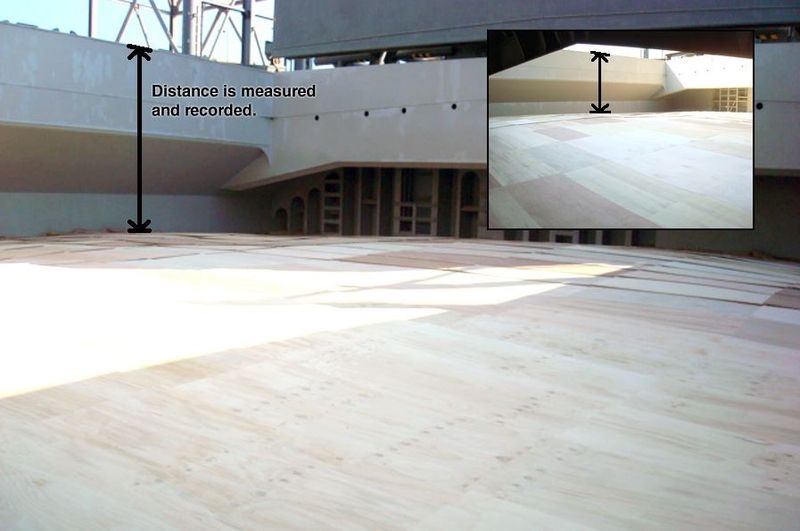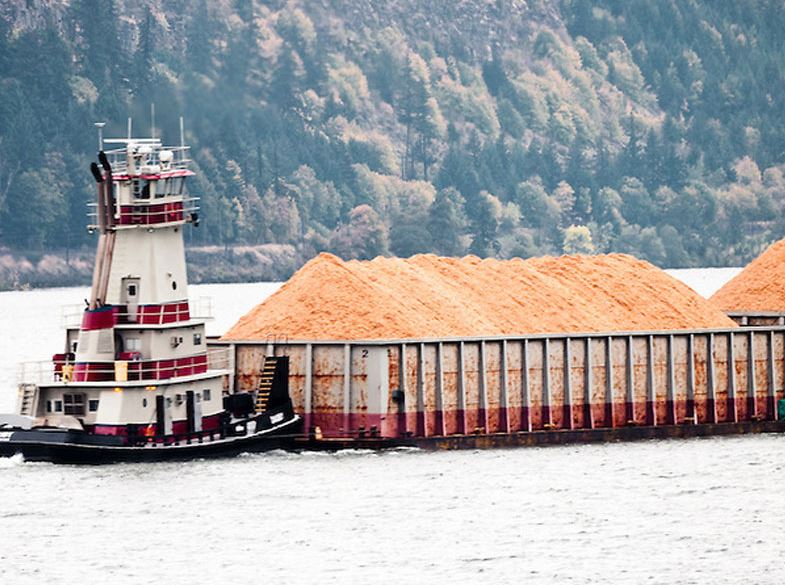GOLD© Standard
Gaining Operational Load Distribution
Hudson utilizes separations to maximize the space allocated to customer cargoes. This efficient technique allows Hudson to transport customer commodities in the most advantageous and cost-effective manner. Hudson is then able to pass along these benefits to its customers by providing flexible shipping schedules and the ability to transport a wider variety of commodities.
Horizontal Separation
Horizontal Separations can be used to separate and hermetically seal different qualities of very sensitive or expensive cargo within the same hold. This separation technique is the most expensive technique, as each separation is custom-made to guarantee that the different grades/commodities will not be combined in any way during the voyage.
- Special care and attention is taken in separating the two grades of cargo. Attention to detail is key and special inserts are placed between the vessel's structural elements to help achieve a proper seal.
- Plates are placed in the hold on top of the sheets and glued to one another to help stop them from shifting during transit or during discharge when the steel excavators rumble over top of them. The use of screws or welding is not an option because the risk of contamination from welding slag or screws is too high.
- As an added precaution, special tape is also applied to the metal separations to assist the glue that was previously applied to hold the units in position.
- A modified spout distributes cargo into the specifically outfitted hold.
- Sheets are specially manufactured and laid down prior to sterilization and separation operations. After the cargo is appropriately trimmed, sheets are applied on top of the previously loaded material in the cargo hold.
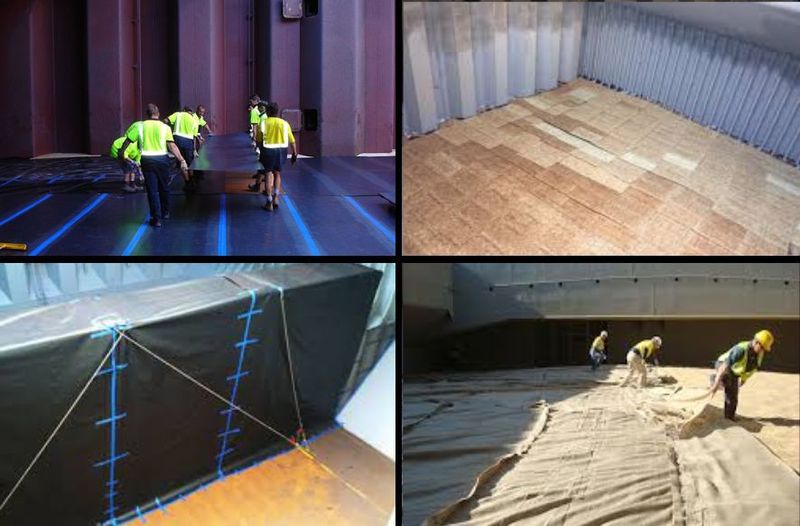
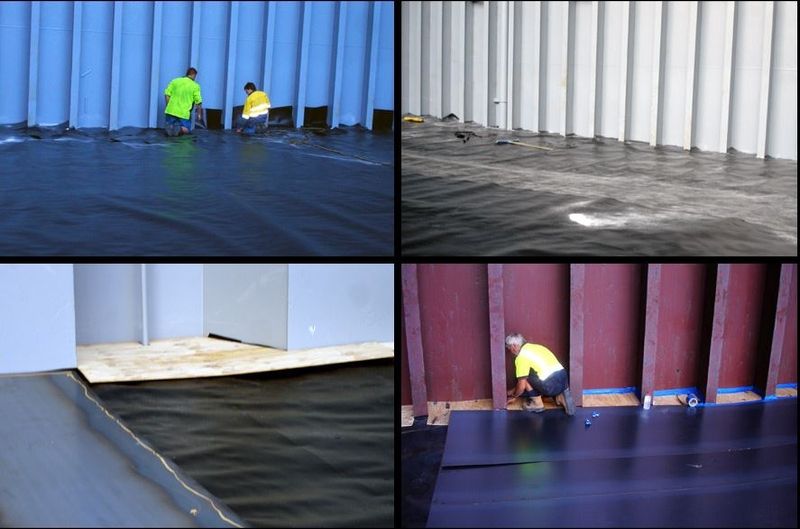
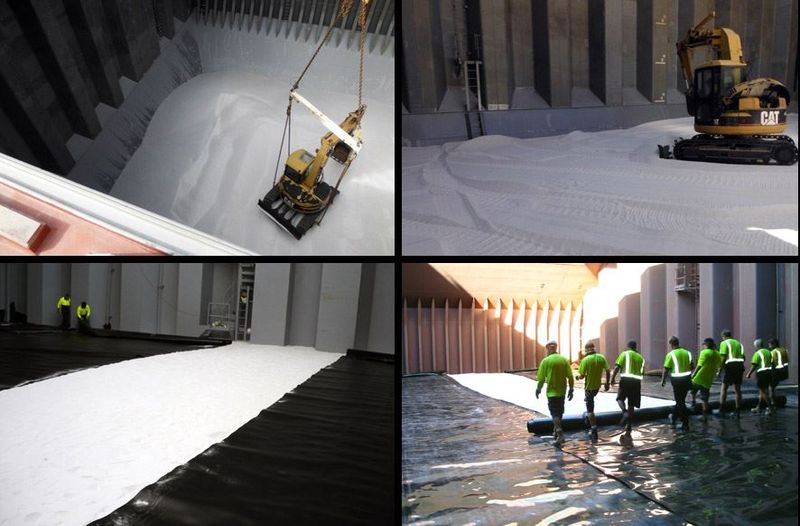
Container Separation
Container Separation is a fairly straightforward physical separation technique that utilizes shipping containers that are welded together to act as a wall. While used for a myriad of cargoes, container separations are most commonly used when transporting nickel concentrates.
- The container is measured and, using the vessel's hold dimension, is pre-cut to fit a certain location on the tank-top. That position is marked out so that the container can be quickly and easily placed by the crane operator.
- The containers are placed in their designated spots, tacked into place and welded together to secure them from toppling or shifting during transport.
- Cargo is then evenly distributed into the designated spaces provided in the now separated hold.
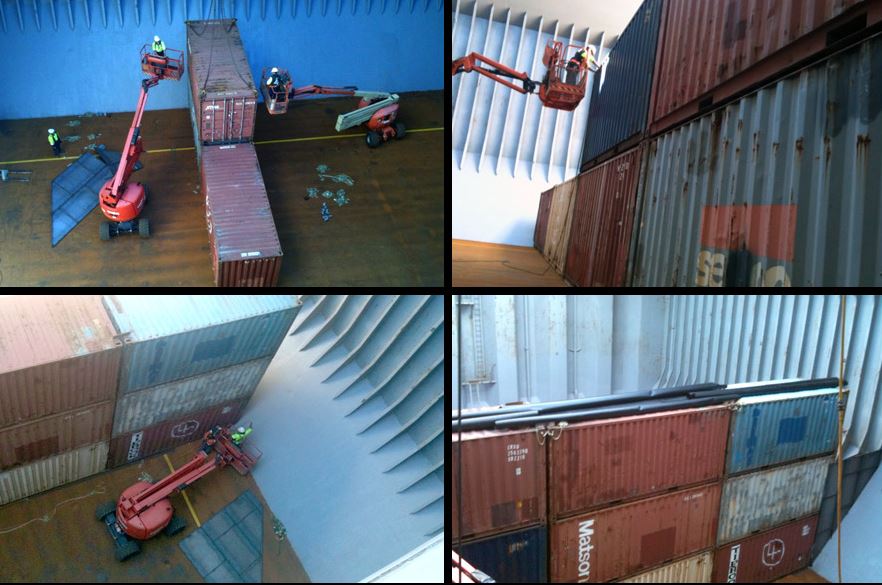

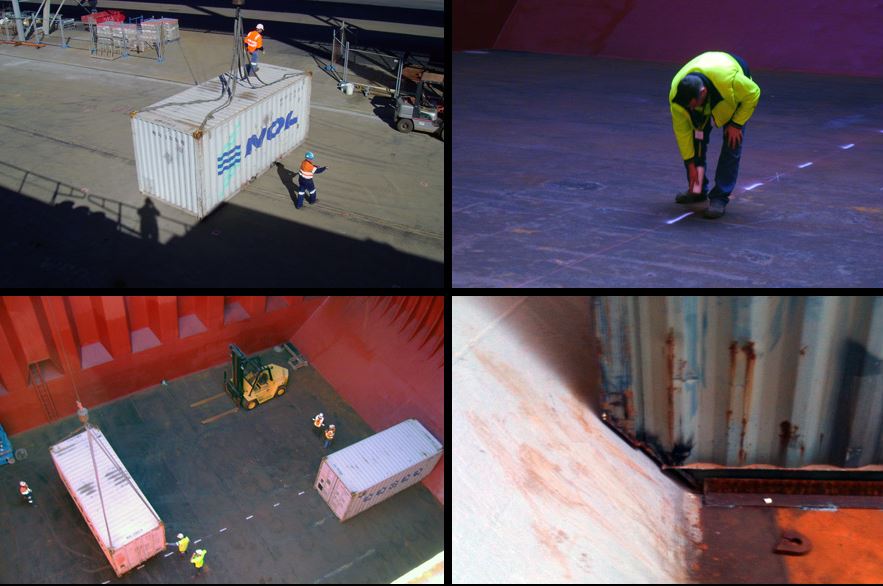
Angled Separation
Typically, an angled separation is used when loading dense commodities such as ores. Using plates and special trimming techniques, angled separations are one of the most utilized separations that Hudson employs.
- Once cargo has been placed into the hold, telescopic boom trimming machines move the cargo to the end of the hold. Manual trim is utilized to position separation plates and create space on the tank top.
- Plates are manually bent to assume the shape of the cargo where it meets hopper tanks, to prevent spillage.
- With a "roof tile" technique, plates are tacked and welded together.
- Finally, wing plates are placed against the frame of the hold to prevent the commodity from gravitating downward and mixing with the cargo below. A slightly elevated lip ensures that parcels remain separated during the voyage.

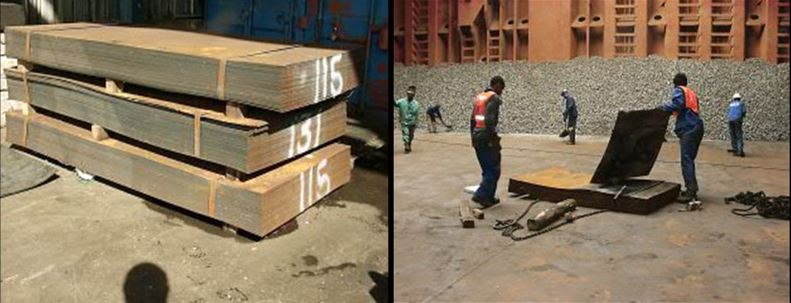
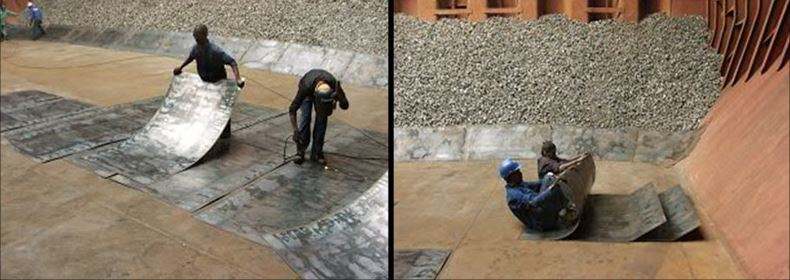


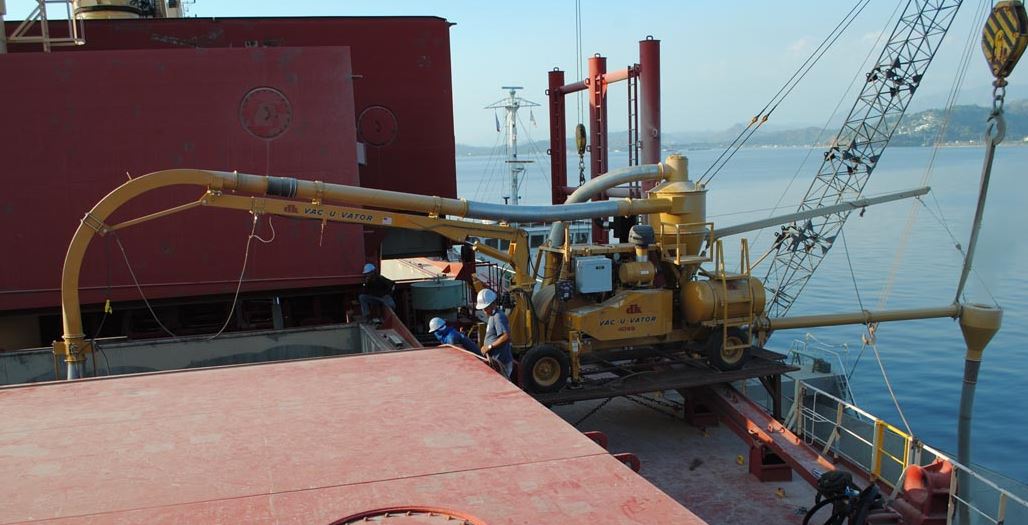
Lumped Separation
Lumped separations are useful as a high-efficiency, lower-cost alternative to using expensive steel plating and custom created plastic sheets, but are only considered when the commodity being carried has a lower sensitivity for comingling within the hold. Hudson always takes special care in handling all cargoes but, if our techniques can assist a customer in safely delivering their cargo and reducing their costs, we will absolutely explore every possibility.
- The first cargo is loaded into the previously prepared area.
- The plastic flaps are folded up and over the loaded parcel and adhered in place using special tape.
- Once a proper seal has been achieved, our personnel run a final check on the cargo before proceeding with the addition of the next cargo or grade in the remainder of the hold.
- An area of the vessel's hold is prepared to accept the parcel by creating a clean landing zone surrounded by plastic tarps and sheets.


.gif)
.jpeg)
.jpeg)
